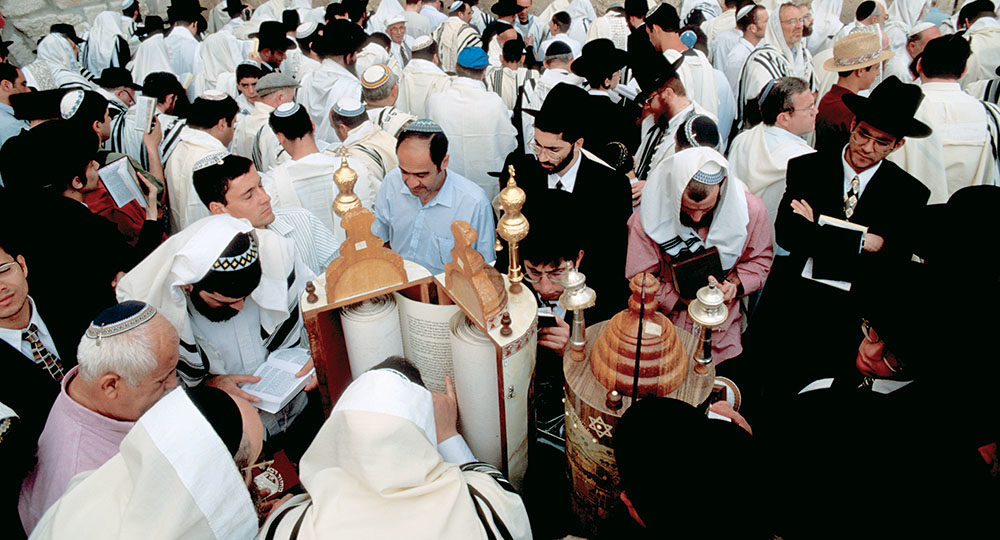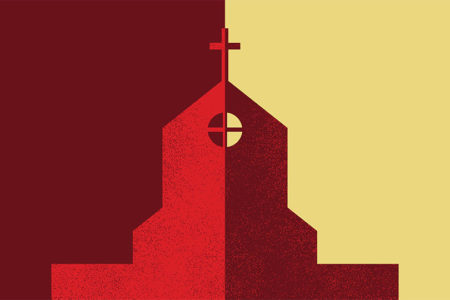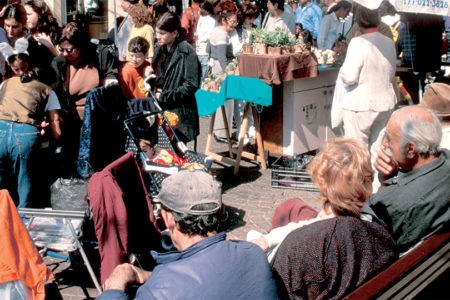The Passover Lamb
Jesus and the Jewish holiday of Passover are inextricably intertwined.
“Behold the Lamb of God, who taketh away the sin of the world” (Jn. 1:29). Using clear imagery rooted deeply in the Jewish experience, God identified His servant the Messiah as a lamb—not just any lamb, but the one whose sacrifice is sufficient to eradicate the sin of everyone in the entire world.
The use of lambs as sacrifices for sinful mankind began back in the Hebrew Scriptures. Sacrifices have been known since man first rebelled against his Creator: “For Adam also and for his wife did the LORD God make coats of skins, and clothed them” (Gen. 3:21).
But it was not until the Exodus that God expressly demanded a lamb for a specific and unique reason. The Israelites were enslaved in Egypt, and Moses had been dispatched by the Lord to secure their freedom. After nine plagues and other miraculous signs that God did through Moses, Pharaoh still refused to let his Jewish slaves go free.
Then the Lord gave instruction concerning the tenth and final plague: “This month [Nisan, also called Aviv; March– April] shall be unto you the beginning of months. . . . In the tenth day of this month they shall take to them every man a lamb, according to the house of their fathers, a lamb for an house” (Ex. 12:2–3).
God then gave specifics regarding their lambs. First, they were to be young males, healthy and clean, “without blemish, a male of the first year” (v. 5). They were to “keep it until the fourteenth day of the same month; and the whole assembly of the congregation of Israel shall kill it in the evening. And they shall take of the blood, and strike it on the two side posts and on the upper door post of the houses, wherein they shall eat it” (Ex. 12:6–7).
The instructions were precise: Choose a lamb; observe the lamb; apply the blood of the lamb. The Pascal (Passover) lamb spoke of redemption. The innocent animal would lose its life to redeem all firstborn males, human and animal. Clearly, the Passover speaks of redemption by the blood of a lamb “without blemish” (Ex. 12:5).
Scripture teaches that Jesus was fully God, thus without sin (2 Cor. 5:21). He was “without spot” and “without blemish.” He was observed for three years as He ministered; and just as the Pascal lamb was pronounced perfect for the Passover sacrifice, Jesus was pronounced “perfect” by Pontius Pilate who declared, “I find no fault in him” (Jn. 19:4, 6).
It was after He had eaten the seder meal, called the Last Supper by Christians, that Jesus went to the Garden of Gethsemane to pray and was arrested by Roman soldiers. The next day they beat Him, scourged Him, and crucified Him.
To the Jewish people in Egypt, the passover lamb spoke of physical redemption from slavery. Its blood had to be applied to the doorposts of their houses for them to escape the tenth plague of death.
The apostle Paul wrote, “Christ, our passover, is sacrificed for us” (1 Cor. 5:7). Everyone needs to be redeemed from sin. Jesus is the final sacrifice, the “Lamb of God, who taketh away the sin of the world.” We must choose Him individually and identify with Him as our personal Sacrifice, our Lamb. And we must apply His blood to the “doorposts” and “lintels” of our hearts by faith.








It’s only unbelievers (the Spiritually blind) who believe that the Old Testament/Covenant is irrelevant. We would not have the New Testament/Covenant if it were not for the Old and God’s faithful promises to the Jewish people (and those yet to be fulfilled for the nation) and the grafting in of the Gentiles by His grace to build His Church. I’m praying for the peace of Jerusalem and all the Jewish people have yet to go through.
Yes, I keep my lamb shank year to year, as a reminder of GOD’s Passover Lamb, JESUS!